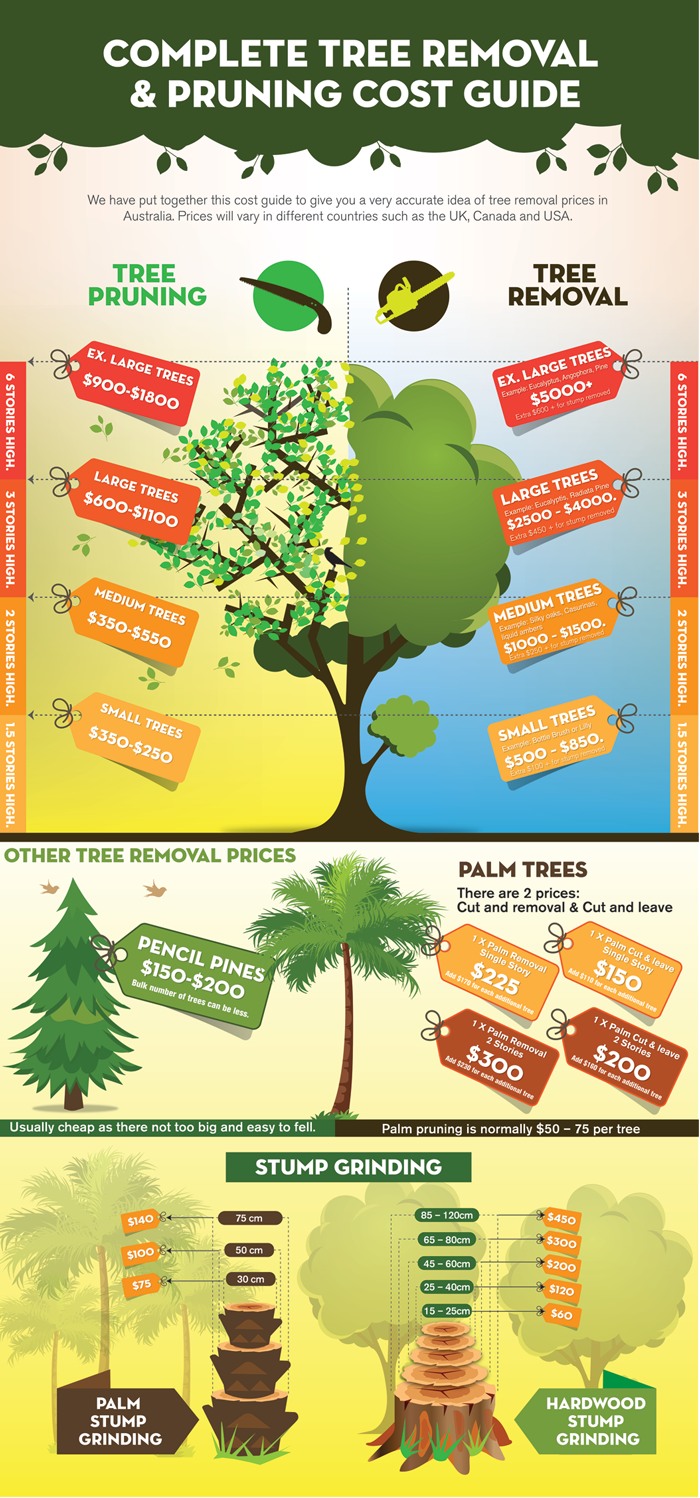The Ecological Impact Of Stump Grinding: A Lasting Option For Effective Land Management
The Ecological Impact Of Stump Grinding: A Lasting Option For Effective Land Management
Blog Article
Created By-
When it involves land management, have you considered the lasting advantages of stump grinding? By attending to the remnants left behind after tree elimination, this technique not just aids in dirt health enhancement but additionally plays an essential function in preventing disintegration and sustaining biodiversity. The environmental benefits of stump grinding prolong far past plain appearances, using a lasting option that harmonizes with nature's detailed systems.
Dirt Health Enhancement
Aiming to enhance the quality of your dirt? Stump grinding can be a game-changer for boosting soil health and wellness on your home. By getting rid of old tree stumps, you're producing space for brand-new growth and permitting essential nutrients to return to the soil.
As the stumps break down gradually, they launch organic matter, enriching the dirt and promoting better plant development.
Furthermore, stump grinding aids to aerate the soil, enabling better water seepage and origin growth. Compressed soil can hinder plant growth and water absorption, yet by grinding stumps, you're loosening up the soil and developing a healthier setting for your plants.
In addition, stump grinding can likewise help to prevent pest invasions and conditions that old stumps may attract. By eliminating these potential hazards, you're producing a more secure and a lot more productive landscape.
Erosion Avoidance
To avoid dirt disintegration properly, stump grinding plays an important duty in keeping the stability and honesty of your land. By eliminating unattractive stumps from your property, you're likewise reducing the threat of erosion brought on by water runoff. Stump grinding removes barriers that can interfere with the natural circulation of water across your land, protecting against dirt erosion while doing so.
When stumps are left unblemished, they can work as obstacles to water circulation, creating dirt to remove throughout heavy rainfalls. This erosion not only harms your land yet also adds to sedimentation in nearby water bodies, damaging marine ecosystems.
growth properties grinding helps to prevent these concerns by leveling the ground and promoting appropriate drainage, reducing the likelihood of erosion.
Biodiversity Support
Keeping healthy biodiversity on your land is vital for developing a growing ecosystem. By utilizing supplemental resources grinding as a sustainable land management practice, you can substantially sustain biodiversity.
isa arborist practice test grinding aids promote biodiversity by producing new environments for different plant and pet types. The elimination of stumps allows for the regrowth of native plant life, which in turn draws in a diverse range of wild animals. Pests, birds, and tiny animals prosper in these freshly obtainable areas, adding to the general biodiversity of your land.
Additionally, stump grinding assists protect against the spread of diseases and bugs that can hurt plant species, therefore guarding the eco-friendly equilibrium on your building. By eliminating old stumps, you create area for brand-new plant development, which enhances the overall health and wellness of the ecological community.
This much healthier setting supports a wider variety of varieties, advertising biodiversity and creating an extra durable environment in the long term. Welcoming stump grinding as part of your land management approach can have enduring favorable effects on the biodiversity of your land.
Verdict
By using stump grinding as a lasting method to land management, you can improve soil health and wellness, prevent erosion, and support biodiversity. This environmentally friendly technique not just profits the environment yet additionally advertises the development of plant life and creates environments for various plant and animal species. Make a favorable impact on the atmosphere by incorporating stump grinding into your land management methods.
